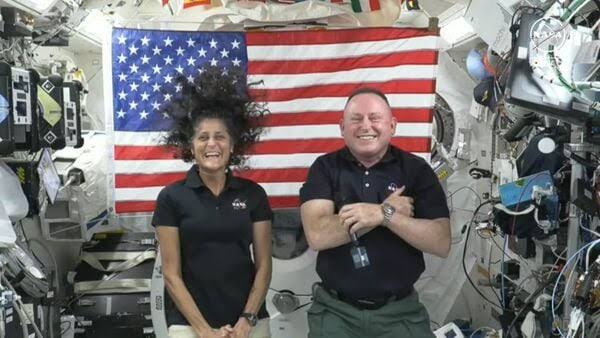NASA is collaborating with SpaceX to ensure the safe return of astronauts Barry Wilmore and Sunita Williams, who are currently aboard the International Space Station (ISS) after launching on Boeing’s CST-100 Starliner spacecraft. The Starliner mission, which launched the astronauts on June 6, has encountered significant technical issues, prompting NASA to consider alternative plans for their return.
As of now, NASA is evaluating whether to use Boeing’s Starliner for the return trip or to rely on SpaceX’s Crew-9 mission, scheduled for a September launch. The Crew-9 mission could bring Wilmore and Williams back to Earth around February 2025 if the decision is made to switch. NASA plans to finalize its decision by mid-August, potentially involving top agency officials such as Associate Administrator Jim Free or Administrator Bill Nelson.
Boeing’s Starliner program has faced numerous setbacks, including a failed uncrewed test flight in 2019 and persistent technical problems, resulting in significant delays and cost overruns totaling $1.6 billion since 2016. Recent tests at NASA’s White Sands facility suggest overheating Teflon seals may have caused thruster malfunctions, but uncertainties remain about whether these issues are fully replicated in orbit.
If NASA opts for the SpaceX contingency, the Starliner would return uncrewed before Crew-9’s launch. Boeing expressed confidence in Starliner’s capabilities but acknowledged they will take necessary steps to prepare the spacecraft for an uncrewed return if required.
NASA’s decision is influenced by concerns over the potential for combined failures of helium leaks and thruster issues during Starliner’s descent. Propulsion experts are analyzing the data to guide the decision-making process, with a formal review to follow. The choice between using SpaceX or Boeing will hinge on the latest data and risk assessments.








